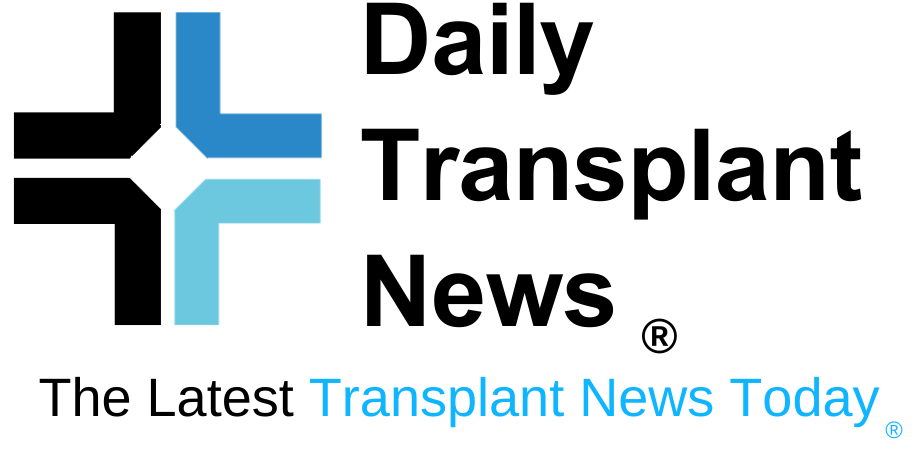Although haploidentical stem cell transplantation remains the standard of care for the treatment of hematologic malignancies, the procedure is not without its challenges. These include difficulty in finding a perfectly matched donor, suboptimal immune system recovery, and increased risk of complications, particularly graft-versus-host disease (GVHD). However, solutions to alleviate these challenges are on the horizon.
in 2024 Transplant and Cell Therapy Tandem MeetingAlice Bartena, MD, professor of pediatrics and director of the Pediatric Stem Cell Transplant Program at Stanford School of Medicine, announced results from a phase 1/1b trial integrating a new T-cell immunotherapy known as T-allo10. T-allo10 is derived from donor cells and is enriched with regulatory Tr1 cells that suppress GVHD. It also contains additional his T cells, which are essential for fighting infections and cancer cells, improving immune system recovery without causing severe GVHD and reducing the risk of infection and recurrence. It is intended to.
The study enrolled 14 pediatric and young adult patients, with 13 receiving T-allo10 infusions. No dose-limiting toxicities were observed. Some patients developed mild GVHD, and half progressed to chronic GVHD.
Importantly, compared to previous data, a significant proportion of patients (63%) successfully recovered their immune systems. Infusion of T-allo10 increased specific immune cells, leading to a reduction in infections. Furthermore, Tr1 was detected, supporting the theory of reduced GVHD risk.
This early-stage study shows that T-allo10 infusion after stem cell transplantation may improve immune system recovery and reduce the risk of complications, making it a promising treatment for young patients with hematological malignancies. suggests that it is possible. Further research is needed to confirm these findings and explore the long-term benefits of this approach.
Transcription:
0:05 | No Transplant-related mortality rates for patients transplanted with this approach to date have been excellent considering the very high-risk population we are treating in our initial cohort. Three patients received this transplant as their second transplant.
Second, patients treated with medium- and high-dose T-allo10 cells had a 2-year leukemia-free and GVHD relapse-free survival of 100%. This means that all of these patients are alive one year after transplantation. He does not suffer from severe acute GVHD or chronic graft-versus-host disease and remains disease-free.
0:44 | One of our hypotheses is that the first layer enrichment of T-allo10 cell products is, in fact, an important component that could be tracked and confirmed to persist in the recipient. was. Our findings show that this Tier 1 population expanded immediately after injection, reaching a peak of up to 20% between day 1 and day 7, but persisting for much longer thereafter. I am. In long-term follow-up, we actually see significant improvement, especially in terms of CD4 immune reconstitution in the memory area, which also contributes to her second additional step, naive immune reconstitution. We believe that endogenous thymogenesis may also be promoted by injection of cells.
There are signs of improvement regarding viral infections. Patients in cohorts 2 and 3 in particular show a reduced frequency of viral infections compared to historical controls. [cytomegalovirus] and adenovirus.
1:55 | Importantly, if donor-derived cell products that do not cause graft-versus-host disease can be combined with transplantation, immune reconstitution can be rapidly improved and the long-term control of the disease much better.

